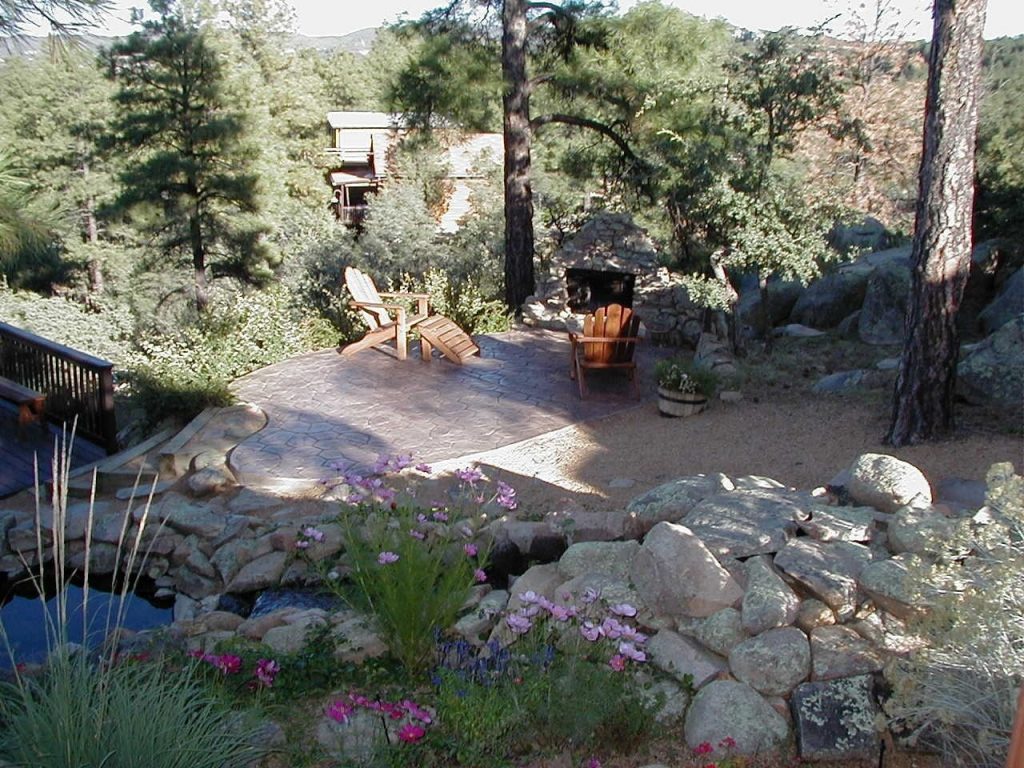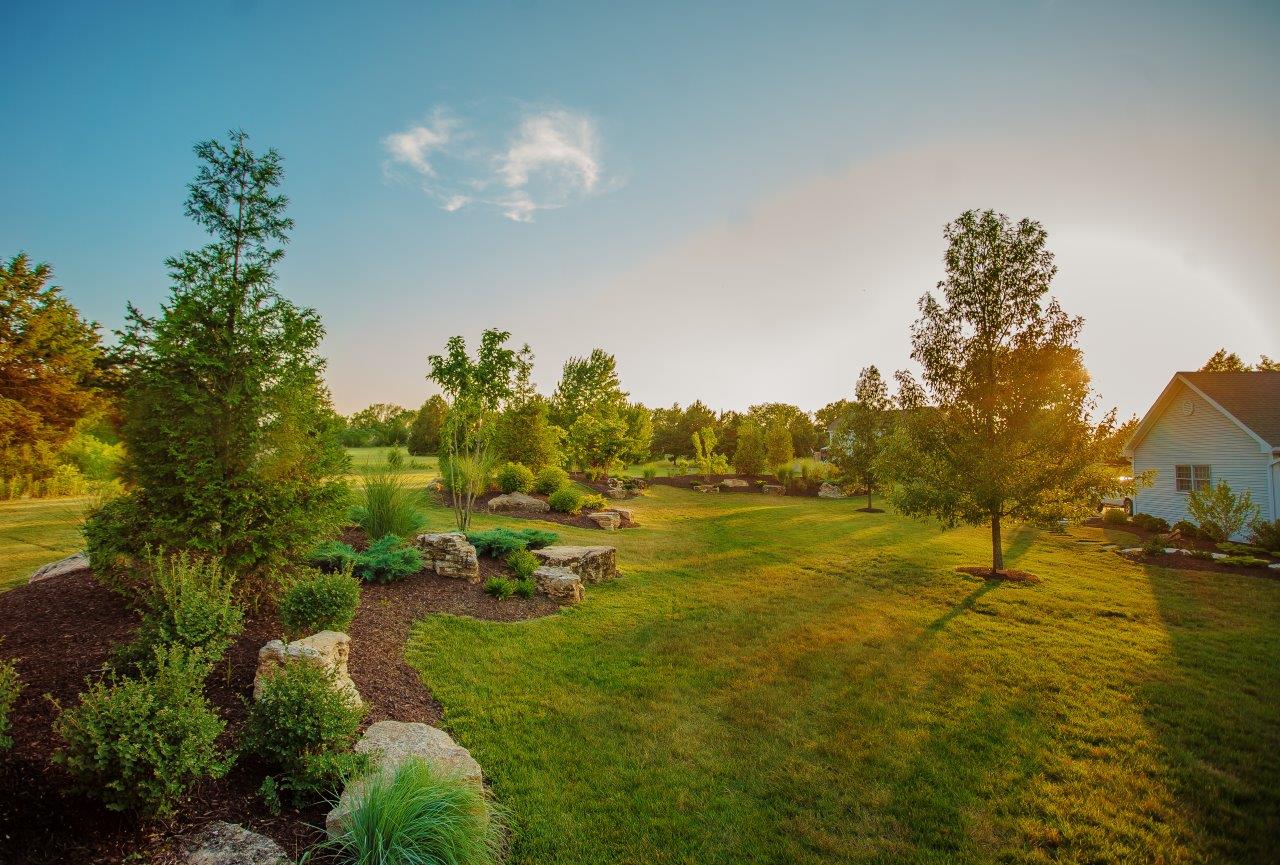More About Hilton Head Landscapes
More About Hilton Head Landscapes
Blog Article
Unknown Facts About Hilton Head Landscapes
Table of ContentsNot known Facts About Hilton Head LandscapesAbout Hilton Head LandscapesSome Known Factual Statements About Hilton Head Landscapes The Ultimate Guide To Hilton Head LandscapesThe 30-Second Trick For Hilton Head LandscapesNot known Incorrect Statements About Hilton Head Landscapes 8 Easy Facts About Hilton Head Landscapes ExplainedNot known Details About Hilton Head Landscapes
Form compatibility is additionally a significant component of unity in designone or more strikingly various kinds are excellent for contrast and focus, however usually all various other types ought to have some similarities for an unified appearance. Texture describes how rugged or great the surface area of the plant or hardscape material feels and/or looks.
Instances of plants with coarse structure consist of philodendrons, agaves, bromeliads, hollies, palms, and hydrangeas. Hardscape with rugged appearance consists of rough-cut stone, rough-finished block, and unfinished wood with knots and an elevated grain. Matured or old building and construction product that keeps a weather-beaten surface is frequently rugged in texture. Attributes that create great structure include small vegetation; slim, strappy fallen leaves (turfs) or high, thin stems; tiny, thick twigs and little branches; long stems (vines); and tiny, delicate blossoms.
The Single Strategy To Use For Hilton Head Landscapes
The majority of plants are medium texture, in that they can not be described as having either coarse or fine texture. Medium-textured plants act as a background to link and combine the coarse- and fine-textured plants.

To make a space feel smaller, place the coarse textures along the outer perimeter and the fine appearances closest to the customer. The detail of the rugged structure makes the plants show up closer and makes the space really feel smaller sized. The perceived texture of plants can likewise change with the distance from the plant.
Examine This Report on Hilton Head Landscapes
Strong shades raise the contrast and make the texture show up coarser, while soft colors can squash structure. Hardscape with a coarse texturesuch as really rough rocks and bold, big timberstends to make all plant material show up a lot more average distinctive. Developers frequently establish a texture study (Number 8) on paper to assist choose the arrangement of plant products.
Color in plant material and hardscape includes interest and range to the landscape. Shade is the most noticeable component in the landscape and is typically the emphasis of most home owners; nonetheless, it is likewise the most momentary element, usually lasting just a few weeks a year for specific plants.
Hilton Head Landscapes for Dummies
A basic summary of the shade wheel includes the three primary colors of red, blue, and yellow; the three additional colors (a mix of two primaries) of environment-friendly, orange, and violet; and 6 tertiary shades (a mix of one surrounding key and second color), such as red-orange. Color concept describes the partnership of shades per various other and exactly how they must be utilized in a structure.

Comparable (often called unified) color design are any three to five colors that are nearby on the shade wheel, such as red, red-orange, orange, yellow-orange, and yellow, or blue, blue-violet, and violet (landscaping hilton head sc). The colors are associated to every other since they normally consist of two primaries mixed to form a secondary and two tertiary shades, which suggests they share usual homes
Complementary shades are usually located normally in flowers; a common set is yellow and violet. Shade is discovered in the flowers, vegetation, bark, and fruit of plants.
What Does Hilton Head Landscapes Do?
Environment-friendly foliage in all its various shades is the leading color by quantity, yet other shades capture focus much more readily due to their high contrast to the color green. Color is additionally discovered in structures, rocks, pavers, wood, and furnishings. Most shades in all-natural materials, such as rock and timber, are typically soft and tend to be variations of brownish, tan, and light yellow.
Shades have buildings that can impact emotions, spatial understanding, light quality, balance, and emphasis. Amazing shades have click to find out more a tendency to be calming and ought to be made use of in locations for relaxation and peacefulness.
The Main Principles Of Hilton Head Landscapes
The "temperature" of shades can also impact the assumption of range. Cool shades have a tendency to decline and are viewed as being farther away, making an area feel bigger. Warm shades have a tendency to advancement and are regarded as being better, making a space really feel smaller. Shade can also be used to capture interest and straight views.
Brilliant yellow, which has the highest possible intensity, additionally has a high comparison with all various other colors (commonly described as a "pop" of color) and ought to be utilized moderately. A small amount of intense shade has as much aesthetic weight as a big quantity of a more subdued or weak shade.
Similar (often called harmonious) color systems are any kind of 3 to 5 shades that are adjacent on the color wheel, such as red, red-orange, orange, yellow-orange, and yellow, or blue, blue-violet, and violet. The shades relate to every various other due to the fact that they commonly consist of 2 key shades mixed to develop an additional and two tertiary colors, which means they share usual buildings.
What Does Hilton Head Landscapes Mean?
Complementary colors are commonly located normally in blossoms; a typical set is yellow and violet. Shade is located in the flowers, vegetation, bark, and fruit of plants.
Eco-friendly foliage in all its different shades is the leading color by quantity, however other colors capture attention extra readily due to their high contrast to the shade environment-friendly - Landscapers near me - https://stevenagonzales5.wixsite.com/h1tnhdlndscps/post/transform-your-outdoor-space-with-hilton-head-landscapes. Shade is likewise found in structures, rocks, pavers, wood, and furnishings. The majority of shades in all-natural products, such as rock and wood, are typically low-key and tend to be variations of brownish, tan, and light yellow
The Main Principles Of Hilton Head Landscapes
Colors have residential or commercial properties that can impact emotions, spatial perception, light quality, balance, and emphasis. Awesome colors tend to be soothing and ought to be utilized in areas for relaxation and calmness.
The "temperature level" of shades can additionally influence the assumption of range. Great shades often tend to decline and are viewed as being further away, making an area feel larger. Warm colors often tend to advance and are regarded as being more detailed, making a space really feel smaller sized. Color can likewise be used to capture focus and straight sights.
For instance, intense yellow, which has the highest possible strength, likewise has a high contrast with all various other shades (usually explained as a "pop" of shade) and need to be conserved. A small quantity of extreme color has as much aesthetic weight as a big amount of an extra restrained or weaker shade.
Report this page